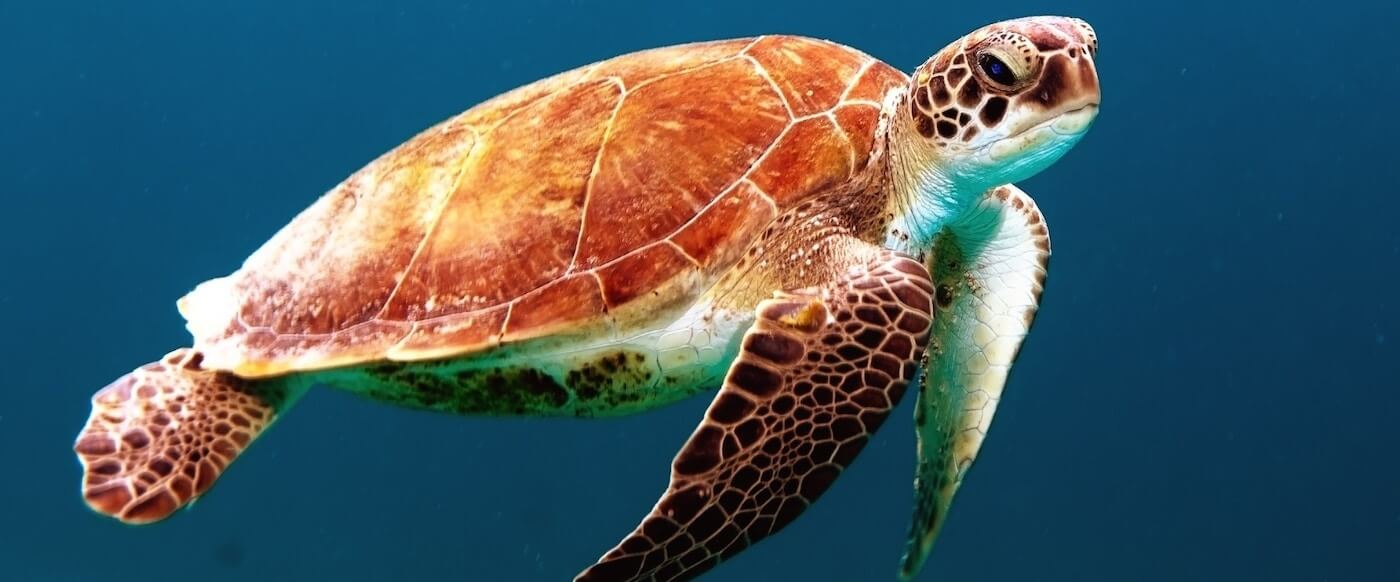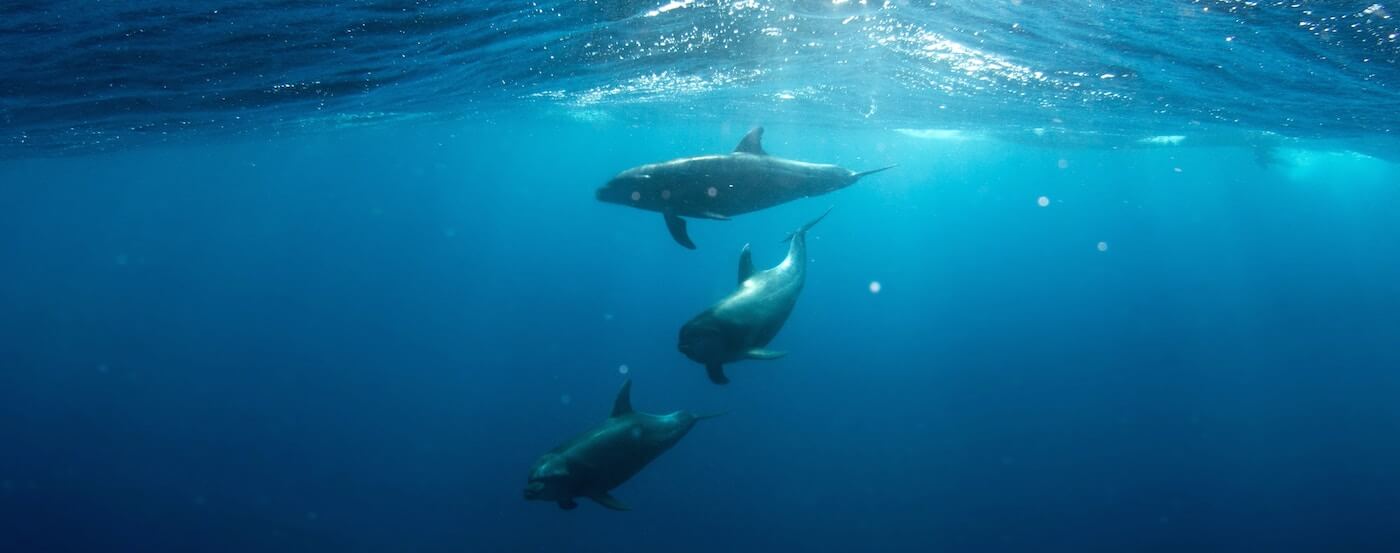Tomorrow Is Too Late for the Planet
The following is the second installment in a three-part excerpt from “One Person Acted and Everything Changed,” a book that chronicles ten accounts of extraordinary people who risked everything to change the world.
 ouie Psihoyos’ growing appreciation for the urgency of this crisis and his decision to launch the Oceanic Preservation Society (OPS) came from a convergence of events. At one point, he shot a photo essay for Fortune Magazine featuring Jim Clark, a computer genius and entrepreneur who became a billionaire by founding several Silicon Valley technology firms. The two became friends and then diving buddies, eventually teaming up to do underwater photography at dive locations around the world. Over the years they began to notice that each time they returned to a diving location, they would see far fewer fish. One of those locations was the Galapagos Islands, where they also observed fishermen poaching sharks in a marine sanctuary.
ouie Psihoyos’ growing appreciation for the urgency of this crisis and his decision to launch the Oceanic Preservation Society (OPS) came from a convergence of events. At one point, he shot a photo essay for Fortune Magazine featuring Jim Clark, a computer genius and entrepreneur who became a billionaire by founding several Silicon Valley technology firms. The two became friends and then diving buddies, eventually teaming up to do underwater photography at dive locations around the world. Over the years they began to notice that each time they returned to a diving location, they would see far fewer fish. One of those locations was the Galapagos Islands, where they also observed fishermen poaching sharks in a marine sanctuary.
One day, Clark was visibly upset about the situation, and told Psihoyos, “Someone should do something about this.”
Psihoyos agreed. He looked at Jim seriously, and asked, “What about you and me? We can use your money and my eye, and we can make films to expose the destruction going on in our oceans.” In that moment, a partnership was born.
For Psihoyos, it was a huge and risky departure, both personally and financially, moving from a life as a still photographer to a life as an activist producer of documentaries. Exposing illegal activities can be dangerous, especially when big money is involved, and it’s often as dangerous to expose legal ones. Yet, in his view, the stakes of not doing so were far beyond reason. He felt he had a moral imperative to let the world know what was happening and a responsibility to motivate as many people as possible to change it.
Their partnership took form in 2005 when Clark bankrolled the startup of the nonprofit OPS and the making of its first film, “The Cove.” The film would expose the widespread slaughter of dolphins in Tajai, Japan, the sale of the most attractive dolphins to theme parks, and the serious health threat to the Japanese population who were ingesting incredibly high levels of mercury in dolphin meat.
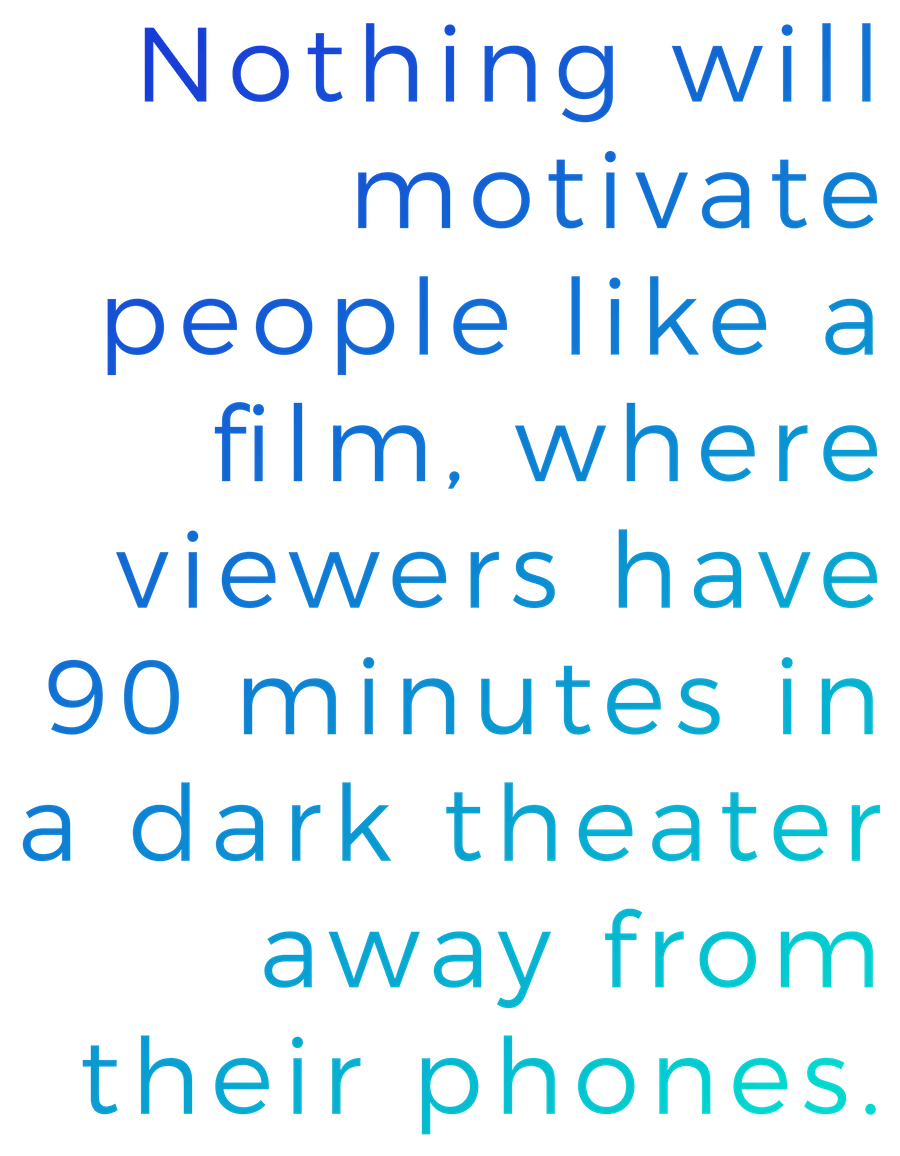
Psihoyos knew he would need to collaborate with a team to fulfill his mission. As he puts it, “I had a bunch of my buddies with me. We weren’t filmmakers, either. I took a three-day course on how to make a film before I went to Tajai, Japan to shoot ‘The Cove.’”
Fully aware of what he didn’t know, he called upon close friends in the movie business like Paula DuPre’ Pesmen, an associate producer on the first three Harry Potter movies. Pesmen knew the mechanics of how to make a film. He also brought on Fisher Stevens, an actor, director, writer, and movie producer.
Making that film was far riskier than Psihoyos first anticipated, and he received death threats for doing so. From the moment he and his team arrived in Tajai to start shooting, they discovered they were being followed, but had no idea by whom. As he says in the film, “We didn’t know if it was whalers, Japanese mafia … we had no idea.” The chase continued throughout the entire filming in Japan, forcing Psihoyos and his crew to shoot the footage at night and from hidden locations in daytime hours.
The film crew, with Psihoyos directing, employed a host of undercover tactics and gadgets to secretly film everything from the bloody mass slaughter of thousands of dolphins in a secret cove to the donation of mercury-laden dolphin meat to local school children.
“The Cove” was an overwhelming success, one that would earn a slew of awards around the world, including an Academy Award for Best Documentary for co-producers Psihoyos and Stevens. Most importantly, the film achieved its purpose of educating the world about the needless destruction of marine life that was leading to its very demise.

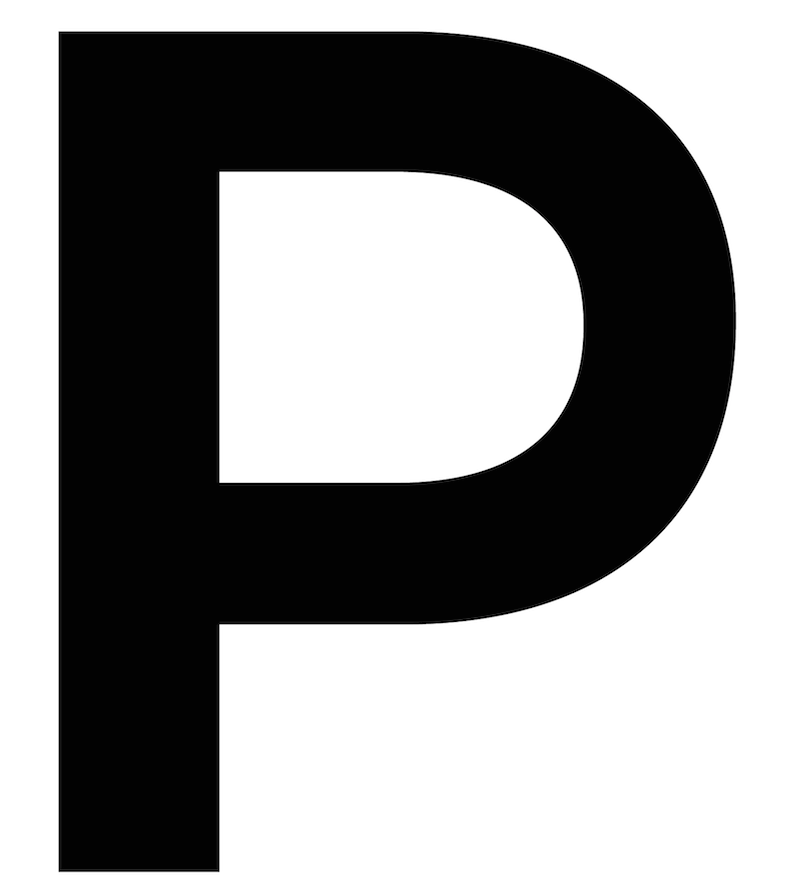 erhaps the greatest hurdle Psihoyos faces is the sense that this issue can feel too big for people to absorb; it feels overwhelming, so they often block it out or shut down emotionally.
erhaps the greatest hurdle Psihoyos faces is the sense that this issue can feel too big for people to absorb; it feels overwhelming, so they often block it out or shut down emotionally.
“People think they can’t do anything about it,” Psihoyos said. “Paleontologists feel as if they are trying to educate people, but no one is acting fast enough or with enough urgency. They are trying to raise awareness and educate people, but inspiring people to take action is the most difficult part. Scientists are more in the place where they are shouting that the house is on fire, and they are measuring the temperature of it. I want to throw buckets of water on the fire. So for me the question is, how do you inspire people to take action?”
The Cove was an excellent answer to that question. Because the film focused on the direct and visible destruction of ocean life, not the secondary or indirect effect of carbon dioxide, meaningful change occurred as a direct result of people watching that film. The demand for dolphin meat across Japan plummeted an astonishing 60 percent, and is no longer served in school lunches. That impact is massive, and it matters, not only because the drop in the market for dolphins was precipitous, but also because mercury is the most toxic, non-radioactive element on earth — so potent it causes severe brain damage. And yet, prior to viewing “The Cove,” people in Japan had no knowledge of what they were ingesting.
As important as that accomplishment was, “The Cove” had a far wider impact. Other organizations piggybacked on the success of the film in the best possible way. The film “Blackfish,” which reveals the dangerous ramifications of capturing and holding captive killer whales for human entertainment, was written and produced by a friend of Psihoyos, Gabriela Cowperthwaite. Released four years after “The Cove,” “Blackfish” became an enormous success, and its impact in reducing support for capturing and holding mammals is still being realized. Psihoyos couldn’t be happier about the success of “Blackfish,” and the impact that both films created.
 “I think we are saving about 10,000 cetaceans a year as a result of these films”, Psihoyos says, with a smile that reveals his deep satisfaction of making a material difference in the world. Cetaceans are one of the most communicative and intelligent mammals, and include the blue whale, dolphins, humpback whales, and about 80,000 other species.
“I think we are saving about 10,000 cetaceans a year as a result of these films”, Psihoyos says, with a smile that reveals his deep satisfaction of making a material difference in the world. Cetaceans are one of the most communicative and intelligent mammals, and include the blue whale, dolphins, humpback whales, and about 80,000 other species.
The success of “The Cove” was a powerful affirmation that people do want to know what is going on, and they are willing to take steps to make change. They need to be informed of the truth, they need to feel the impact of that information, and they need to understand what they can do personally. Movies are a powerful medium that can easily educate viewers, reaching broad swaths of individuals, organizations, governments, and activists who can then take it to the next level.
“Nothing will motivate people like a film, where viewers have 90 minutes in a dark theater away from their phones,” Psihoyos said. “You can really take them on a ride if you have a good story, and really change their hearts and minds. We had enough intellectual content in ‘The Cove’ to make a case, but you need to make a case that makes people feel. If you don’t get at their emotions you can’t create change. You know, scientists hate that — but it’s why they are so many are ineffective at impacting people.”
Psihoyos hopes his latest film, “Racing Extinction,” will be a true game changer for society. Five years in the making, the film exposes the ongoing, extensive ecological damage wrought by our addiction to oil and gas, and also exposes the underbelly of the international wildlife trade responsible for the outright killing of endangered species. The film makes known exactly where and with whom the responsibility lies.
Taking it a step further than “The Cove,” “Racing Extinction” reveals how all of us living in the modern world contribute to the degradation of our planet. Using a special camera fitted with a filter that makes carbon dioxide visible to the naked eye, viewers are suddenly confronted with its ubiquitous sources — they can see with their own eyes what’s harming our planet. Being able to actually see the gas emitting from planes, cars, smokestacks — even innocuous looking leaf-blowers — helps viewers understand the many sources of deadly carbon emissions that are warming our climate to dangerous levels.
“The camera is a game changer,” Psihoyos said. “It allows the world to see what scientists have been talking about for decades. It’s real, it’s out there, and it’s in our everyday life.”
Coupling their efforts with The Discovery Channel, the team extensively uses social media to encourage direct action from viewers. The collaboration is making the film a springboard for meaningful change. Several other critically important partners were also brought in to help spread the message.
“We start our film looking at the big, charismatic mega fauna, the dolphins that are about to go extinct, and the whales, which are vulnerable for a lot of different reasons,” Psihoyos said. “Then, we go to a plankton conference, which almost sounds like a joke, you know, people getting together to discuss plankton — until you realize how crucial it is to all life on the planet. The ones who understand it, those who draw a line between where we have been, where we are, and where we are going, see this great collapse coming. So, we are making sure people know and understand this, and most importantly, take action.
“In Racing Extinction, we focus on the oceans, because that’s what we do. But everything is related. Depictions of the food chain today look like a spirograph, showing how connected everything in life is. So you might ask, what the hell do we need bees for? And then we discover they pollinate 40 percent of the things we eat. And we are having this collapse of the bee population because of pesticides and monocrops.”
Psihoyos explains that the collapse of many ecosystems is imminent, relatively speaking. “There are four primary drivers of extinction: overconsumption, habitat destruction, pollution, and invasive species. The oceans get hit by every one of them. And some regions get hit harder than others. So, we focus on the oceans primarily. We do the undercover work to expose things that are going on that are wrong and that people simply aren’t aware of. When you can take people underneath, then you don’t have to explain. They say a good documentary tells, a great one shows. We try to show as much as possible. One thing we focus on in ‘Racing Extinction’ is the illegal wildlife trade. We did some undercover work to expose people selling highly endangered species, and those people are making a lot of money profiting off these animals that are probably facing the last one or two generations.”
 espite the Discovery Channel’s robust decision to show “Racing Extinction” in multiple time slots in more than 220 countries and territories around the world, as well as to make it available for purchase from many vendors across a host of formats, Psihoyos knows there are many people who still won’t have the opportunity to see it.
espite the Discovery Channel’s robust decision to show “Racing Extinction” in multiple time slots in more than 220 countries and territories around the world, as well as to make it available for purchase from many vendors across a host of formats, Psihoyos knows there are many people who still won’t have the opportunity to see it.
This is exactly why the Oceanic Preservation Society and partnering organizations came up with a really, really big idea to get the word out about extinction and climate change. Wanting to reach the greatest possible number of viewers, OPS teamed with other big thinkers at Obscura Digital, Vulcan Productions, and others to create Projecting Change, a multimedia experience that projects images of endangered species on some of the largest, most iconic structures in the world.
Combining haunting music, stunning National Geographic photos of endangered animals, and a display of the causes of mass extinction, they project the message: The whole world is singing … but we’ve stopped listening. The dramatic images also included melting icecaps and dying coral reefs to drive home the message, which is also verbally delivered by Jane Goodall. Her message includes a call for education and the restoration of hope, adding that, “If we all lose hope, there is no hope, and without hope, people fall into apathy. There is still a lot left worth fighting for.”
Among other messages, the projection includes: Now is the time. It’s time to lead. Mobilize political will. Solutions exist. Put a price on carbon. Tomorrow is too late for the planet.
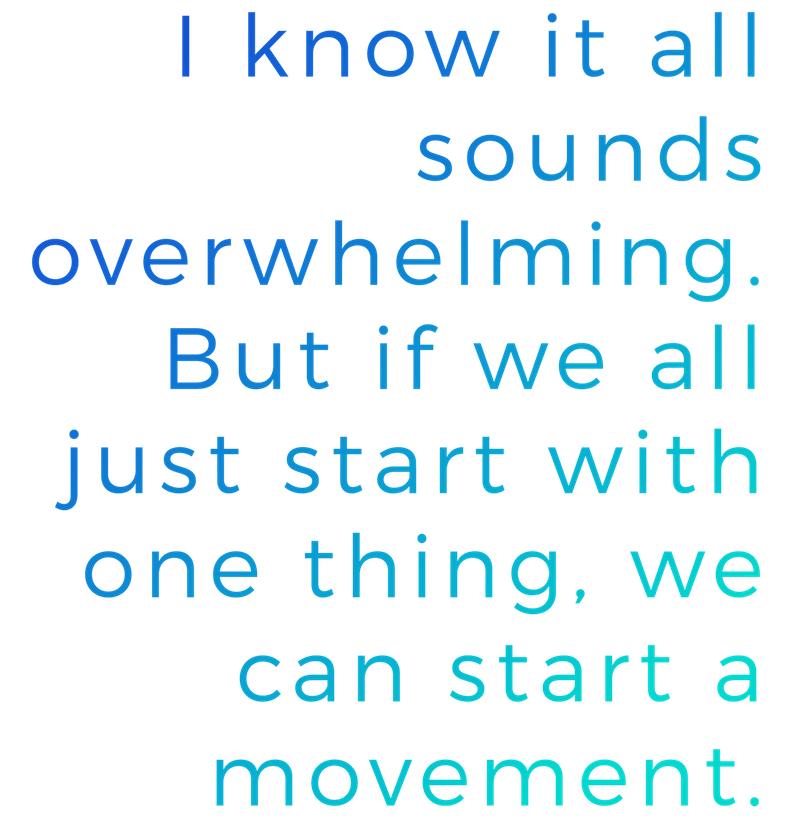
Kicking off the effort with a projection on the United Nation’s General Assembly building in New York, OPS and their multiple partners in the project followed up with a 40-story tall projection on the Empire State Building, grabbing the attention of millions more viewers. Not content to stop there, Psihoyos teamed up with Elon Musk of Tesla Motors to design a portable projection option that will allow them to take the message on the road. The result was a customized, all-electric Tesla Model S vehicle equipped to project the images on large and small surfaces all across America.
Their latest projection, however, brought the message to a new audience in an old world, when Psihoyos’ team received the blessing from Pope Francis to project the light show on St. Peter’s Basilica in Rome.
These locations are so well-known and visible that millions of viewers have seen Illuminating Change. The message from Psihoyos, his OPS team, and collaborating partners is crystal clear: You now know this is real. You cannot pretend it is not happening, or that you don’t know that it is happening. It is up to each of us and to all of us to change our lifestyles and influence our leaders to create change immediately.
After seeing the film, each viewer is challenged to take personal action, which is also promoted on social media with the hash tag, #Startwith1Thing.
Using a website by the same name as the film, RacingExtinction.com has options for viewers to each make a difference in many areas, from changing diets and energy use, to making informed seafood choices, to altering or reducing transportation usage. There are interactive quizzes to measure one’s own impact on the environment, and opportunities to learn more about and help specific animals, sign petitions, and more. The website also presents options for taking it up a notch, suggesting ways to challenge the city where you live to go green, and even helps viewers select a hybrid car. It’s a powerful way to ask viewers to be more than viewers — to take action to change the outcome of what they have just witnessed and learned.
“I know it all sounds overwhelming. But if we all start with just one thing, we can start a movement,” Psihoyos said.


